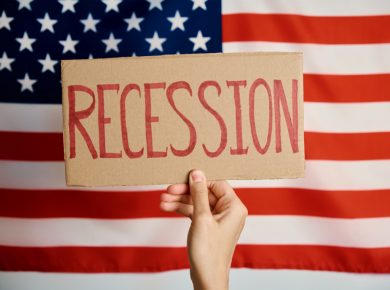Hello Financial Explorers! So thrilled to have you here at My Finance World, where we’re all about making finance as approachable as your favourite chat with a friend. I’m Sukhpreet, your fellow finance enthusiast and your go-to companion for demystifying the world of business finance.
Whether you’re a startup superhero, a seasoned pro, or just someone curious about the dollars and cents of it all, you’ve found your tribe. In each article, we’ll unravel the mysteries of finance, share practical insights, and sprinkle in a bit of financial wisdom to light up your journey. Ready to turn those financial gears? Let’s embark on this adventure together, because finance is better when shared! 😊
Introduction:
In a world filled with tempting luxuries and a myriad of choices, it’s crucial to be a savvy shopper. Whether you’re eyeing that sleek new car, a timeless watch, a designer handbag, or even a wardrobe overhaul, making wise and informed decisions is the key to ensuring every purchase is worth its weight in gold. Let’s embark on a journey to explore the standards and strategies for evaluating the worth of your every indulgence.
- Setting Priorities and Establishing Standards: Before diving into the specifics of each purchase, start by defining your priorities and standards. What are the must-haves and deal-breakers for you? This will act as your compass, steering you towards purchases that align with your values and needs.
- Research is Your Best Friend: Knowledge is power. Whether you’re eyeing a top-of-the-line car, a limited edition watch, or a designer handbag, conduct thorough research. Read reviews, compare prices, and understand the market. This will not only empower you with information but also help you make an educated decision.
- The Cost-Per-Use Equation: Break down the cost of the item by estimating how often you’ll use it. A high-quality, versatile item that you use frequently may be worth the investment. For example, if you’re considering a designer handbag, think about its timeless design and how it could complement various outfits.
- Resale Value: Some purchases, like cars and watches, may have significant resale value. Consider the long-term investment potential. A well-maintained item from a reputable brand might not only bring joy during its use but also retain or even appreciate in value when it’s time to part ways.
- Quality Over Quantity: Embrace the philosophy of quality over quantity. Instead of amassing a collection of items, focus on acquiring fewer, but higher-quality pieces. This not only contributes to a more sustainable and mindful lifestyle but also ensures that every purchase brings you genuine satisfaction.
- Emotional Connection: Sometimes, the value of a purchase goes beyond the material aspects. If a particular item holds sentimental value or brings you immense joy, that emotional connection can elevate its worth. This is especially true for items like clothing or accessories that become a part of your personal style and story.
- Checking the Brand Reputation: Brands often carry a reputation for a reason. Assess the brand’s history, customer reviews, and overall reputation in the market. A brand with a commitment to quality and customer satisfaction is more likely to deliver a worthwhile product.
- Evaluating Trends vs. Timelessness: Consider whether the item aligns with current trends or if it possesses timeless appeal. While trendy pieces can be fun, investing in timeless classics ensures longevity and value that stands the test of time.
Conclusion:
In the grand symphony of consumer choices, each purchase is a note that contributes to the melody of your life. By setting standards, conducting research, and prioritizing quality, you can ensure that every indulgence is not just a fleeting pleasure but a harmonious addition to the masterpiece that is your lifestyle. So, go ahead, treat yourself, but do it with intention and wisdom!
Disclaimer: This article is provided for informational purposes only and does not constitute financial, investment, or legal advice. The author and publisher are not responsible for any decisions made based on the information provided. Readers are advised to seek professional advice for their specific circumstances. Any reliance on the information in this article is at the reader’s own risk.
To read more, click here
Thank You For Reading, feel free to ask any questions in the comment section below.
Follow us on Social Media Platforms,
Click Here: Instagram, Facebook, YouTube, and Twitter
Stay Informed, Stay Responsible with My Finance World!










